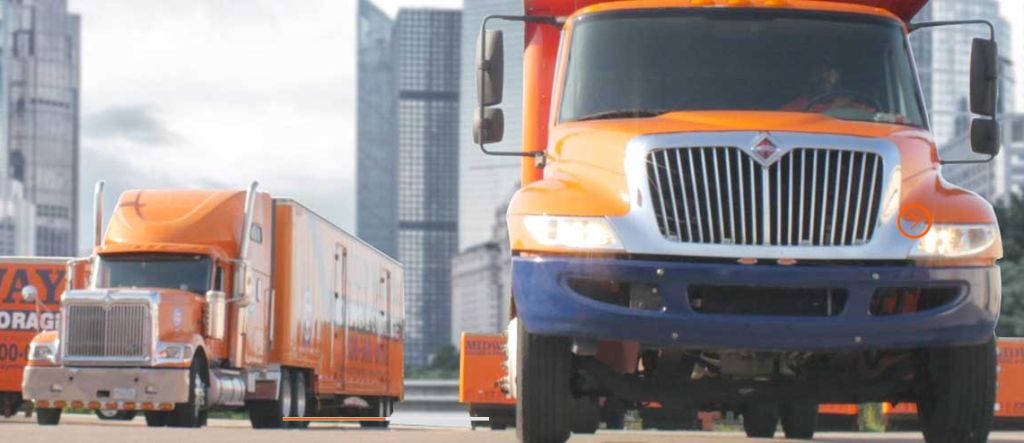Packing for a move can be a daunting task, but with the right strategies and mindset, it becomes a smoother and more manageable experience. Professional movers and experts in organization have honed techniques that ensure efficiency and precision in every step of the packing and moving process. From understanding the importance of proper materials to the art of creating a methodical inventory system, every action taken towards preparing for a move contributes to a streamlined transition. The first key step in packing with precision is ensuring that the right materials are at hand. Boxes, packing tape, bubble wrap, and padding are crucial to safeguarding valuable or fragile items. Experts advise using sturdy, uniform boxes to simplify the loading process and to keep items safe during transport. It is important to use the correct type of box for each item; for example, wardrobe boxes are ideal for clothes, and dish boxes are designed to protect fragile kitchenware. Investing in quality packing materials might seem like an additional expense, but it ultimately prevents damage and reduces the stress of unpacking later.

Professional movers often use color-coded labeling systems to ensure that each box is placed in its appropriate room upon arrival at the new home. This reduces confusion when unloading and helps you unpack systematically. Additionally, labeling boxes with brief descriptions of their contents can save a significant amount of time when searching for essential items post-move. An inventory checklist is also a smart tool for tracking what is packed, ensuring that nothing gets lost or left behind. Strategic packing techniques can significantly reduce the time it takes to prepare for a move. Rather than packing randomly, experts recommend packing room by room, starting with items that are least frequently used. This allows you to progressively work through your home without feeling overwhelmed. For example, books and decor can be packed well in advance, while everyday items like kitchen appliances or toiletries can be packed closer to the moving day. Packing heavy items like books at the bottom of boxes, followed by lighter items on top, prevents the boxes from becoming unbalanced and difficult to carry.
Another crucial element is to optimize space within each box. Instead of leaving gaps that could allow items to shift and break, packing materials such as towels, blankets, or old newspapers can fill the empty spaces, offering extra protection and saving space and visit our website ceocolumn.com. This approach maximizes the number of items you can fit into each box, ultimately making the moving process more efficient. When it comes to moving with ease, expert movers employ techniques to handle the physical challenges of relocation. Lifting and transporting boxes safely requires careful attention to technique to avoid injury. Professional movers are skilled at using dollies, straps, and moving blankets to move heavy furniture and awkwardly shaped items without causing damage to either the belongings or the surroundings. If you are moving yourself, enlisting the help of friends and using proper lifting techniques will make the process safer and smoother. Ultimately, moving is a process that demands thoughtful planning, patience, and a strategy for both packing and unloading.
